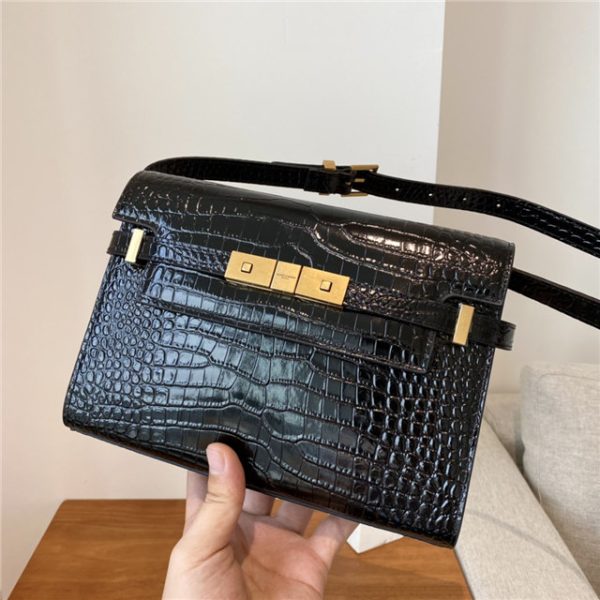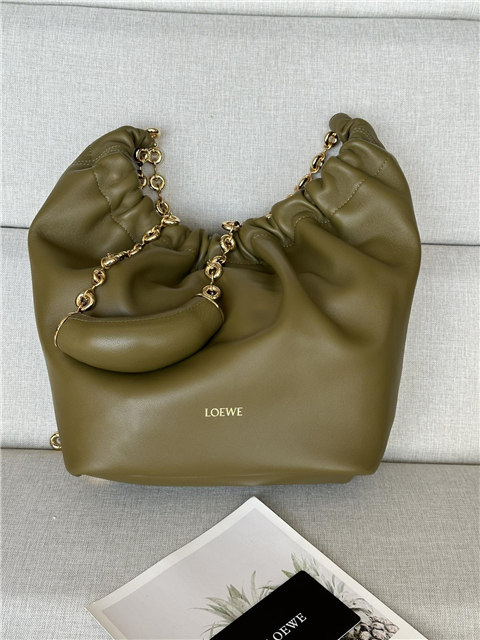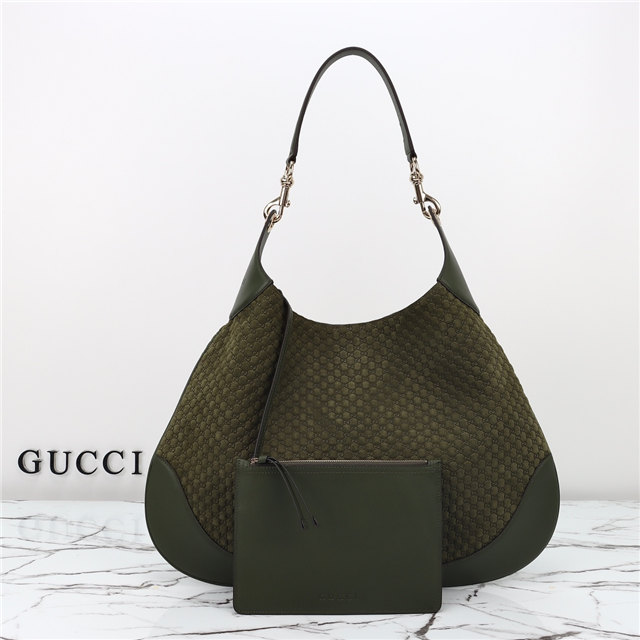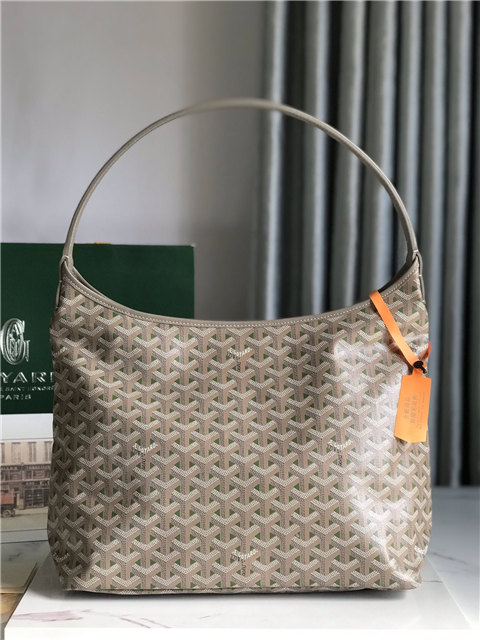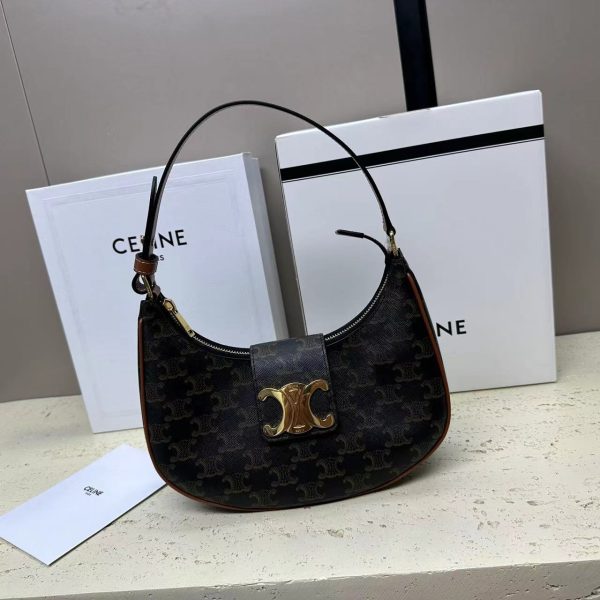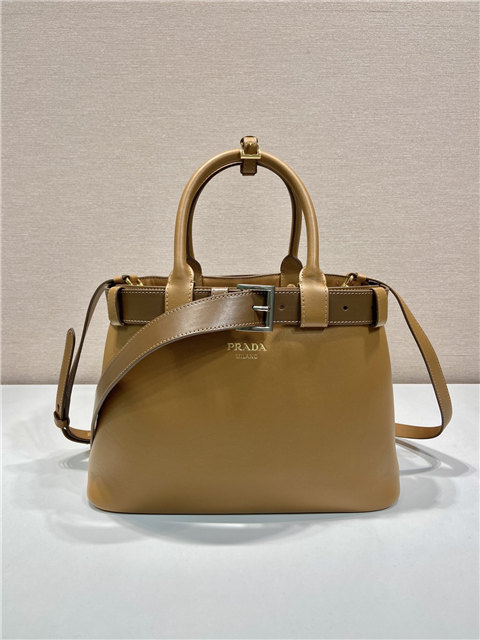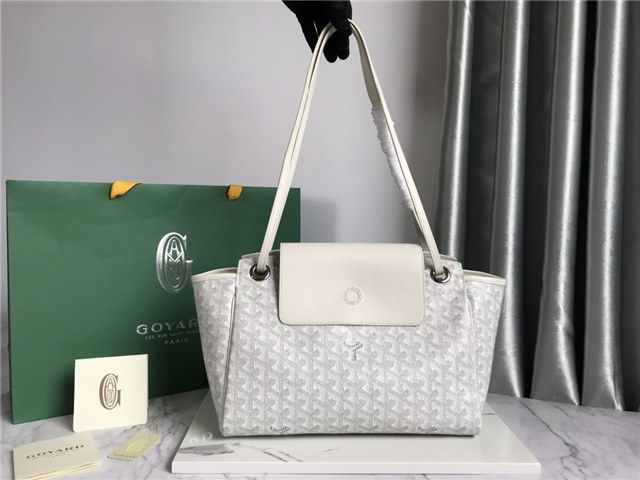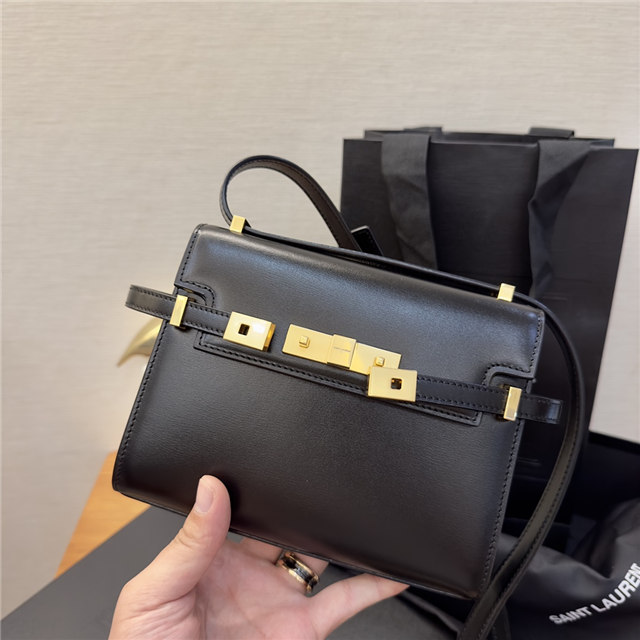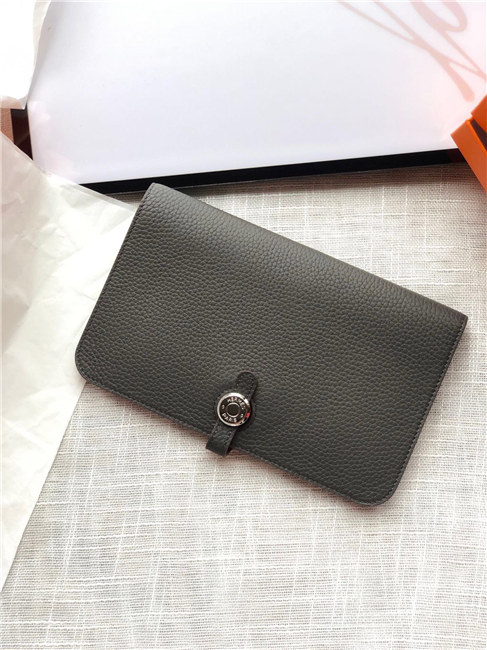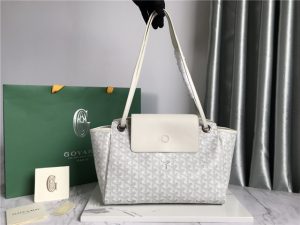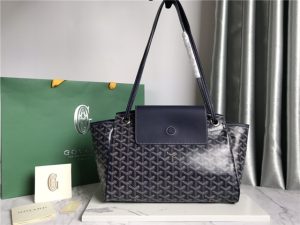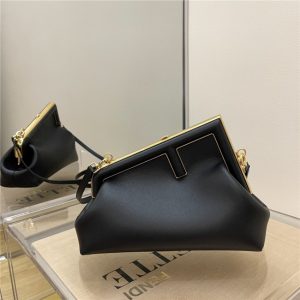First off, forget about just one magic trick. There’s no “aha!” moment, usually. It’s about a bunch of little things that add up. Like, think of it as a jigsaw puzzle. If a few pieces are wonky, alarm bells should be ringing.
Okay, so *weight* matters. Apparently, a real Patek hits around 131.4 grams. That’s the magic number, supposedly. But like, who carries scales around, right? Just get a *feel* for it. Does it feel substantial? Cheap fakes will feel light, like they’re made of plastic and dreams. But even then, some fakes are weighted to trick you. So don’t bank everything on this.
Then there’s the crown. You know, that little knob you use to wind the thing. Apparently, Patek engravings on those are a sign. But again, it’s all about the *quality* of the engraving. Is it crisp and clean? Or does it look like some dude did it with a rusty nail? I mean, c’mon, Patek is all about perfection.
Dial time, people! This is where things get seriously tricky. Grab a loupe (that’s a fancy magnifying glass, if you didn’t know). Inspect *everything*. The hands, the numbers, the little markers… Patek puts insane detail into these things. Look for imperfections, smudges, anything that screams “mass produced in a dodgy factory.” The lume, that glow-in-the-dark stuff? Patek’s lume is applied perfectly. If it looks uneven or sloppy, you’ve probably got a fake. Honestly, sometimes even seasoned pros struggle with this.
And the movement! Omg, this is, like, the heart and soul of the watch, right? Peeking at the movement is tough without opening the case, which you probably shouldn’t do unless you’re a pro. But if you *can* see it, or if you’re brave enough to open it, get ready to be amazed (or horrified). A real Patek movement is a work of art. Intricate, beautiful, meticulously finished. A fake? Well, let’s just say it’ll look…less impressive. Google what a genuine Patek movement looks like, and compare.
Hallmarks, baby! Look for those tiny, almost invisible markings that indicate precious metals and authenticity. Again, a loupe is your friend here. These hallmarks should be clear and precise. Fakes often skip these, or do a really crummy job.
But you know what? Honestly? The BEST way to be sure is to get it authenticated by a professional. Seriously. Pay the money. It’s worth it for the peace of mind. If you’re dropping serious cash on a Patek, don’t cheap out on the authentication. It’s like buying a Ferrari and then putting bargain-basement tires on it. Makes no sense, right?

